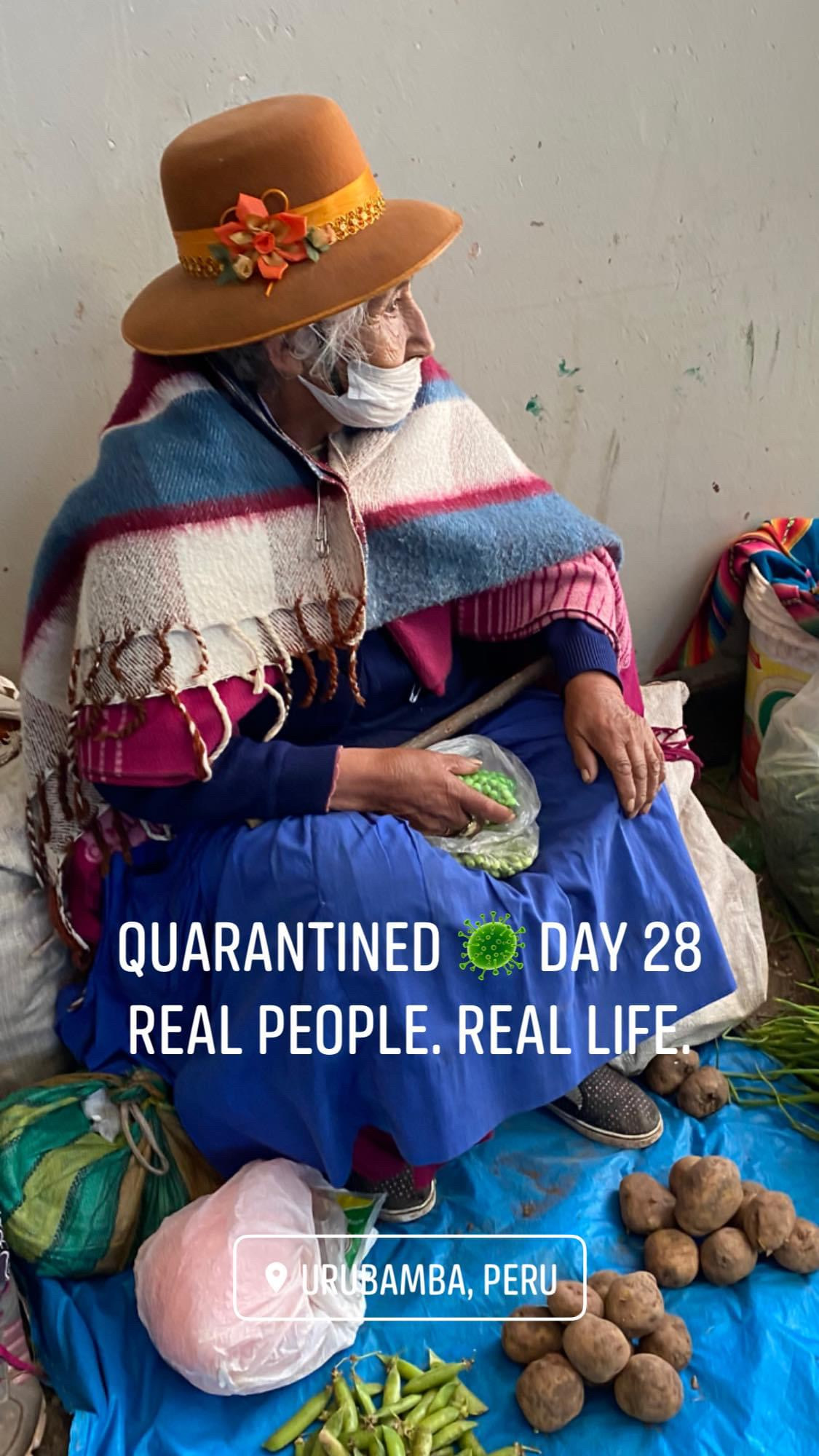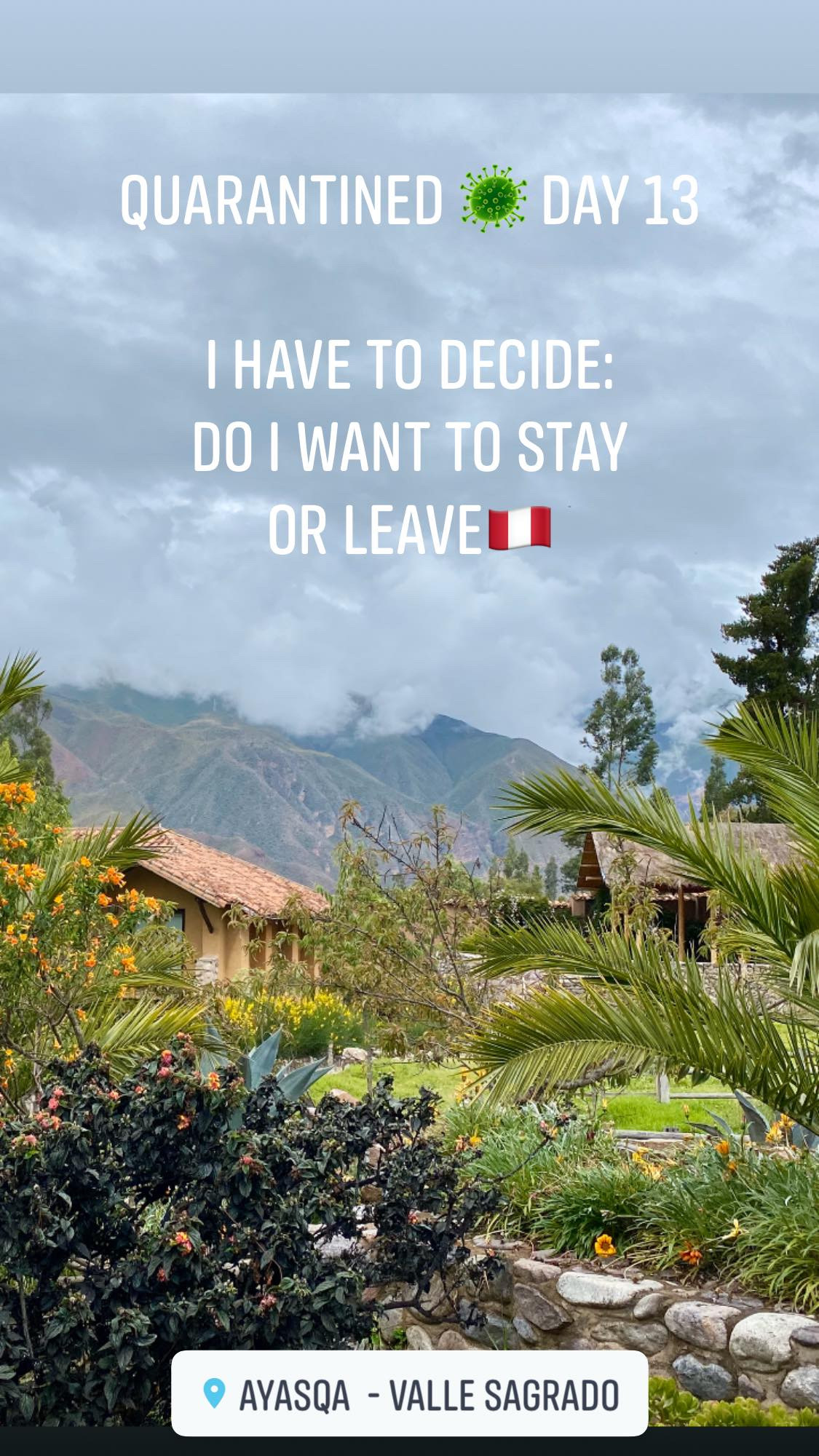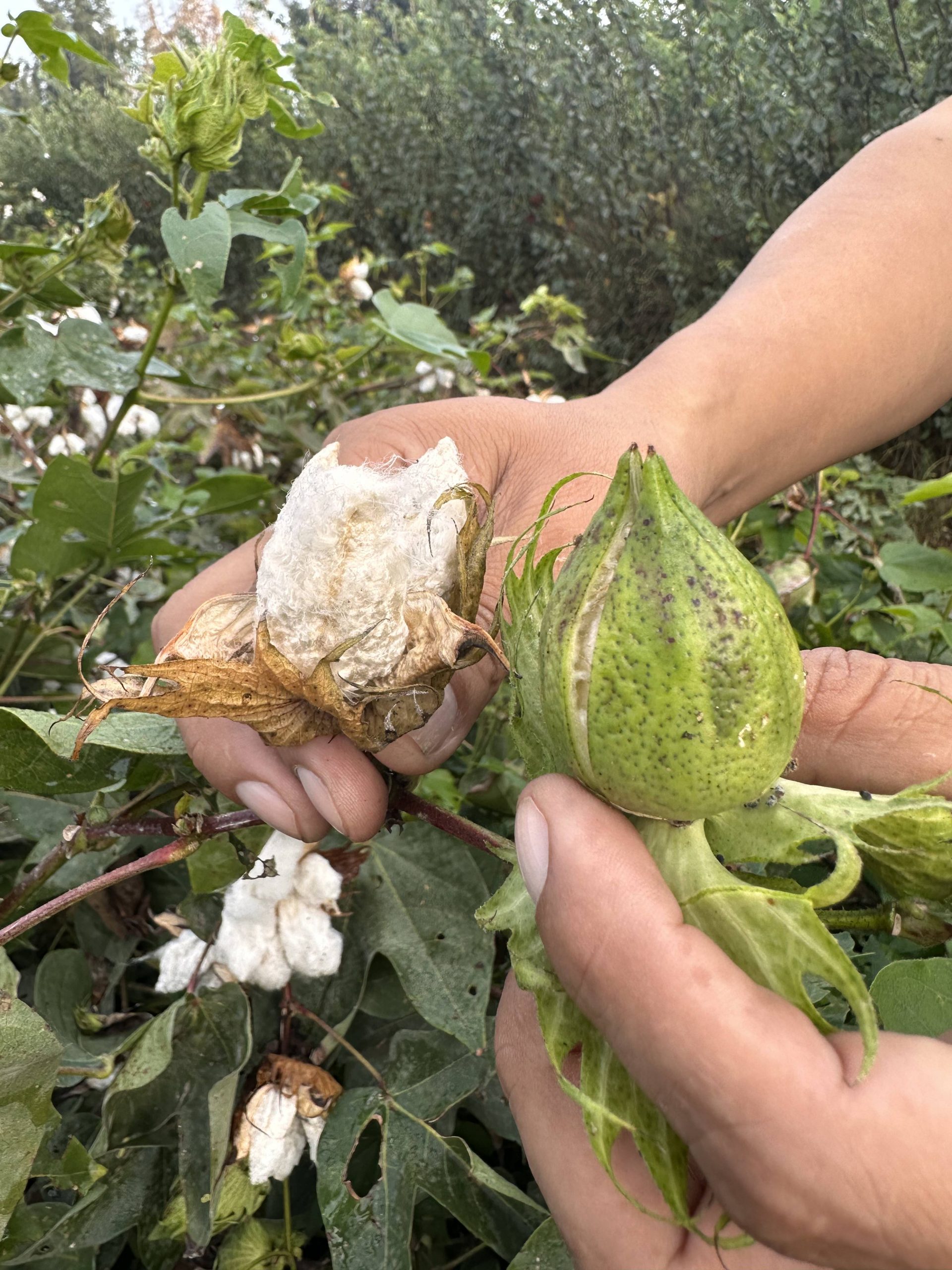🧵 Part of the Códice de Algodón project by Pima Prima
For thousands of years, Peruvian artisans have been coaxing color from nature—drawing rich reds from tiny insects 🐞, deep blues from plants 🌿 and golden ochres from the earth 🪨. These ancient dyeing techniques, developed long before synthetic dyes existed, reveal a profound relationship between the Andean people and their environment. Today, these traditions are not only surviving—they’re thriving, inspiring a new era of sustainable fashion 🌱 rooted in wisdom from the past.
As part of the Códice de Algodón project by Pima Prima, we invite you on a journey into the vibrant world of Peruvian natural dyes—an art form that connects history, ecology, and design across centuries. 🧶✨
🌱 The Roots of Color: Dyeing in Ancient Peru
Peru’s dyeing traditions stretch back to pre-Columbian civilizations like the Nazca, Moche, Paracas, and Inca, who developed highly sophisticated methods for coloring textiles made from cotton, alpaca, and llama fibers 🐑. These textiles weren’t merely functional—they told stories 📜, marked social status 👑, and held spiritual meaning 🕊️.
🧪 From the Land and Life: Sources of Natural Dyes
- Cochineal (Dactylopius coccus): Found on prickly pear cacti 🌵, these tiny insects produced vibrant crimson and deep purple pigments 🔴🟣. The Incas prized cochineal so highly that it was considered a royal tribute item.
- Indigo (Indigofera spp.): Used for centuries to produce stunning blues 🔵, the indigo plant was essential to Andean textile aesthetics.
- Chilca, Qolle, and Molle Trees 🌳: Local flora provided golden yellows 💛, earthy greens 🟢, and soft browns 🤎—each tied to seasonal rhythms and regional microclimates.
- Minerals: Clay, iron oxides, and salts from the Maras Salt Mines were used to create warm ochres 🟠, deep blacks ⚫, and subtle variations that added depth and character.
👑 Incan Symbolism and Social Status Through Color
Under the Inca Empire, textiles became tools of statecraft 📏. The empire’s finest weavers, known as acllas, were responsible for creating garments worn by nobility and religious leaders ✨. Color signified rank, geography, and power—brilliant red for warriors, deep blue for nobility, and multi-colored motifs for ceremonial use.
The khipu, a system of knotted and colored cords 🧶, illustrates how color and form were also used to encode information—an early Andean version of data storytelling.
♻️ Natural Dyes in Contemporary Peru: A Renaissance of Color
Today, ancient dyeing methods are being revived across the Peruvian highlands ⛰️. Artisans in Cusco, Ayacucho, and the Sacred Valley are returning to ancestral knowledge—hand-harvesting plants 🌿, crushing cochineal 🐛, and dyeing yarn over open fires 🔥.
This revival isn’t just about tradition. It’s part of a global movement toward sustainable fashion 🌍, where natural dyes offer beautiful, eco-conscious alternatives to harmful synthetic processes.
Pima Prima 🌾 Leading the Ethical Fashion Revival
At Pima Prima, we’re proud to honor these dyeing traditions. By working with Peruvian artisans and using organic Pima cotton, we create textiles that tell stories of heritage, nature, and care 💚. Through the Códice de Algodón project, we’re committed to preserving the past while creating a more sustainable future for fashion 👕
🏛️ Where to Discover Peru’s Natural Dye Legacy
- Museo Nacional de Arqueología, Antropología e Historia del Perú – Lima
🧵 Ancient Nazca and Moche textiles with natural dyes. - Museo Larco – Lima
🎨 Pre-Columbian masterpieces dyed with cochineal. - Museo de Arte de Lima (MALI)
🖼️ Color symbolism in Andean weaving through the ages. - Museo Inka – Cusco
👘 Inca textiles, dyes, and tools in the heart of the Andes.
📚 Books That Bring the Colors to Life
- “Andean Textile Arts” by Nilda Callañaupa Alvarez – Techniques + culture
- “Cochineal Red: The Art History of a Color” by Sasha Stiles – A global color journey
- “Textiles of the Andes” by Rosemary Joyce – A cultural and material deep dive
- “The Art of the Andes” by Rebecca Stone-Miller – Broader context of Andean art, including dyes
Threads That Bind Past and Future
The vibrant art of dyeing with nature is a legacy we can wear, share and preserve.
Whether you’re a designer, historian or conscious consumer, understanding the roots of color connects us to stories that are still unfolding.Through the Códice de Algodón project, Pima Prima is proud to be part of this story—celebrating Peru’s past, empowering its present and coloring a more sustainable future 💫.




